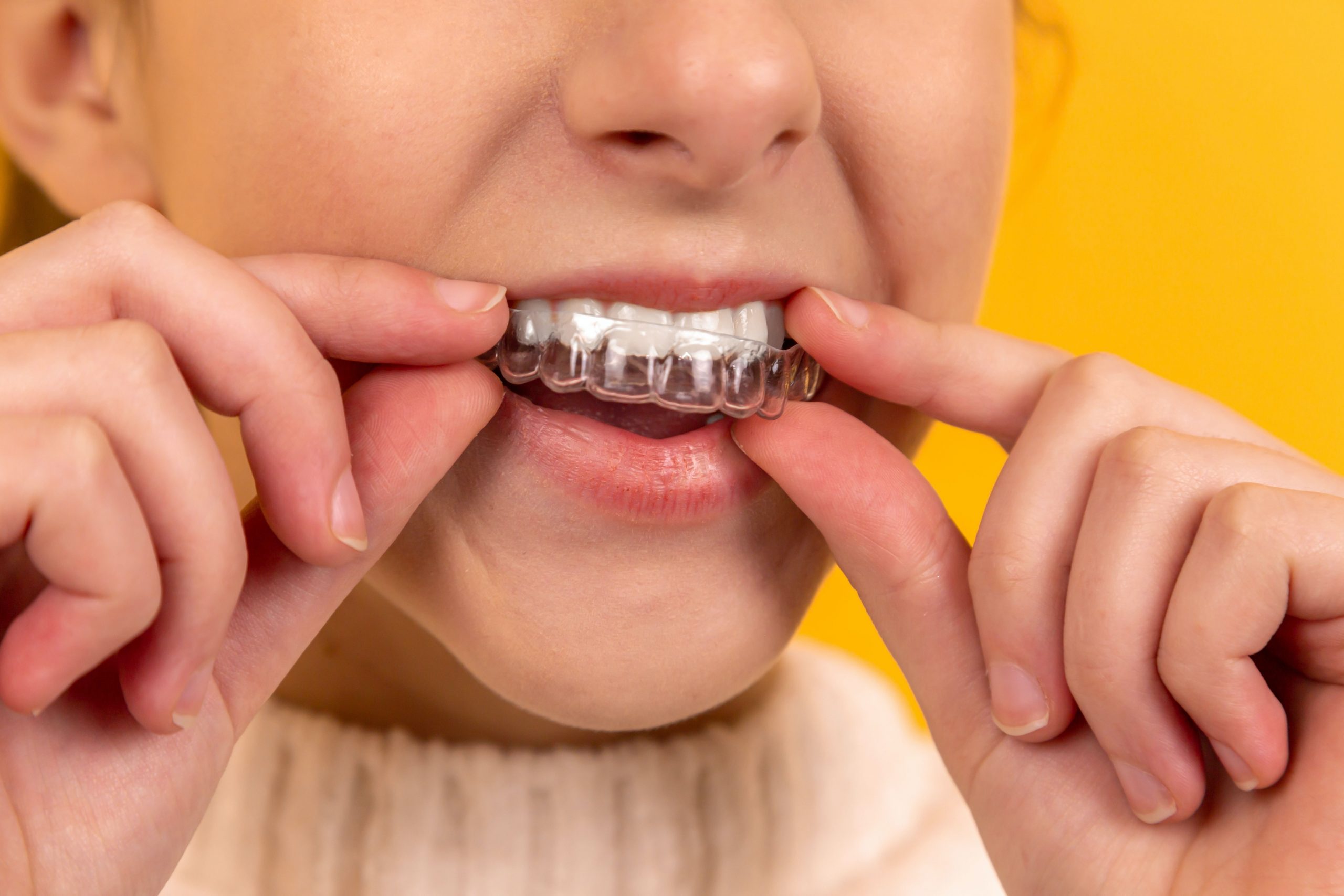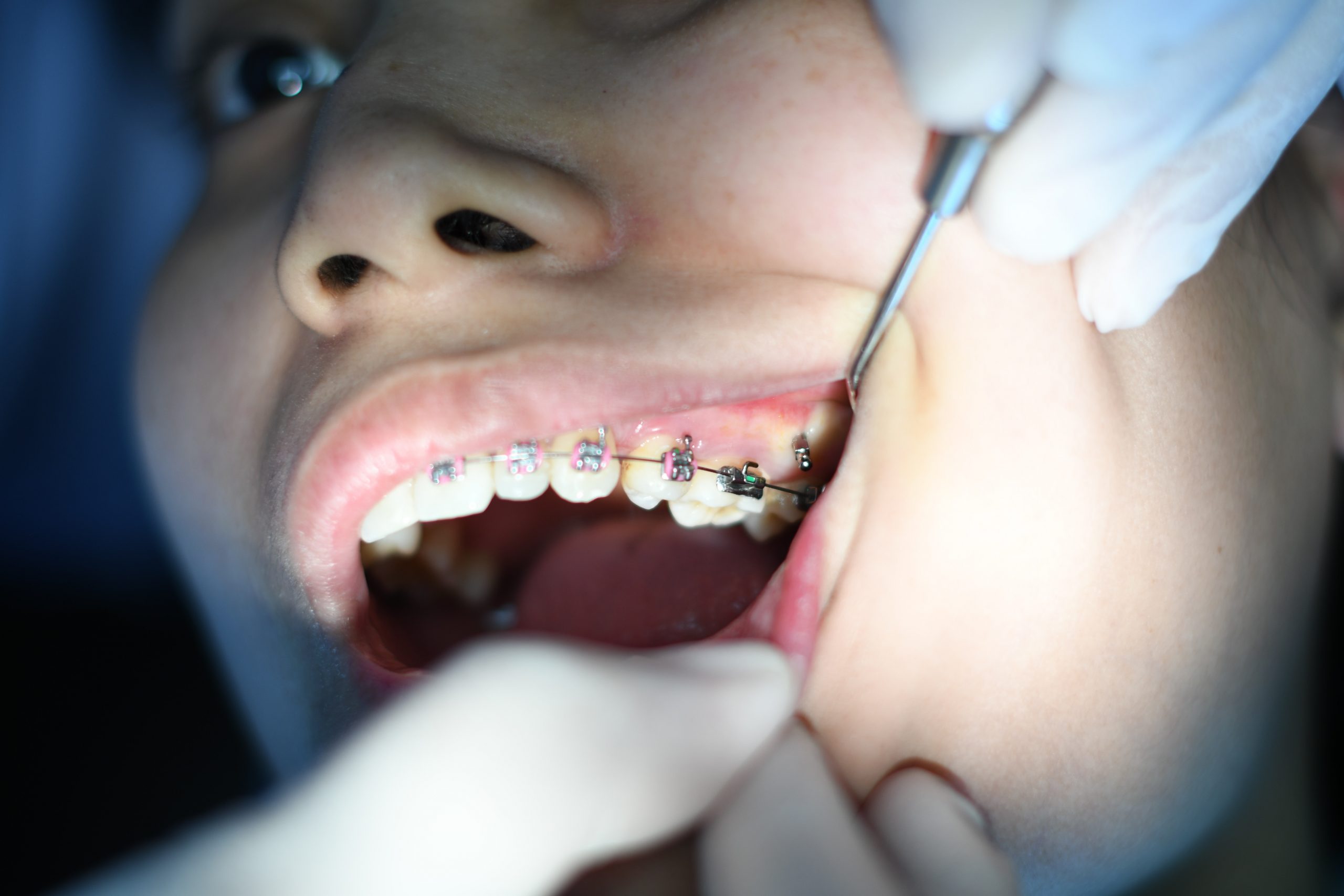
Invisalign Aligners vs. Braces: Which Is Right For Your Smile?
When it comes to straightening your teeth and improving your smile, there are a variety of options available. Two of the most popular choices are traditional braces and Invisalign aligners. Both options have their own unique benefits and drawbacks, and the right choice for you will depend on your individual needs and preferences. In this essay, we will explore the differences between Invisalign aligners and braces to help you decide which option is right for your smile.
Braces have been a popular choice for straightening teeth for many years. They consist of metal brackets that are attached to the teeth, which are then connected with wires and rubber bands. Over time, the wires are tightened to gradually shift the teeth into their desired positions. While traditional braces are very effective, they can also be uncomfortable and unsightly. The metal brackets and wires can cause irritation and soreness in the mouth, and many people are self-conscious about the appearance of braces.
Invisalign aligners are a newer alternative to traditional braces. They are clear plastic trays that are custom-fitted to your teeth. You wear a series of these trays for a specific period of time, gradually shifting your teeth into their desired positions. Invisalign aligners are virtually invisible, making them a popular choice for people who are self-conscious about their appearance. They are also removable, which makes eating and cleaning your teeth much easier than with traditional braces.
One of the biggest advantages of Invisalign aligners is their flexibility. Unlike traditional braces, which are fixed in place for the duration of treatment, Invisalign aligners can be removed for short periods of time. This means that you can take them out to eat, brush your teeth, or attend special events. This can be a major advantage for people who have busy schedules or who want to maintain their normal eating habits throughout treatment.
However, there are also some drawbacks to Invisalign aligners. They are generally more expensive than traditional braces, and they may not be covered by insurance. In addition, Invisalign aligners require more discipline and responsibility than traditional braces. They must be worn for at least 22 hours per day, and you must remember to switch to a new tray every two weeks.
When deciding between Invisalign aligners and traditional braces, it’s important to consider your individual needs and preferences. If you have a complex case that requires significant shifting of your teeth, traditional braces may be the best option. If you’re concerned about the appearance of braces and want a more discreet treatment option, Invisalign aligners may be a better choice.
Ultimately, the decision between aligners and traditional braces will depend on a variety of factors, including the severity of your case, your budget, and your personal preferences. By consulting with your orthodontist and considering your options carefully, you can make an informed decision and achieve the straight, beautiful smile you’ve always wanted.


